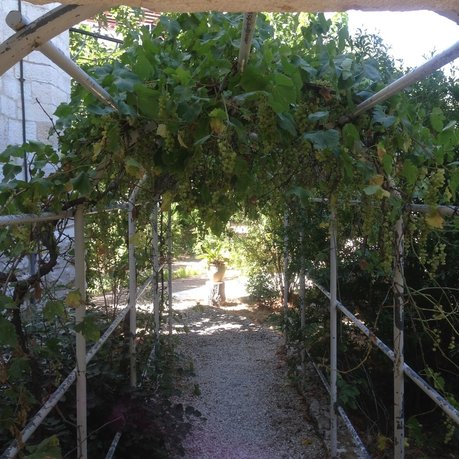 Biblical Garden at St. George's College (Jerusalem, Israel).
Biblical Garden at St. George's College (Jerusalem, Israel).
The attractions collected here reference specific gardens, like Eden and Gethsemane, as well as scriptural tropes of garden imagery. However, what unites them is their immersive focus on the natural flora of biblical lands. What would it be like to walk among the Bible's plants, trees, flowers, and herbs, surrounded by their colors, textures, tastes, and smells? Biblical gardens are cultivated in a variety of contexts, and are arranged accordingly here. Explore further with our Virtual Tour and read an article here.